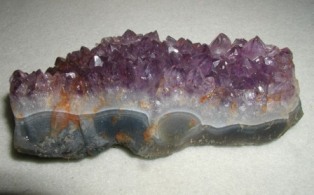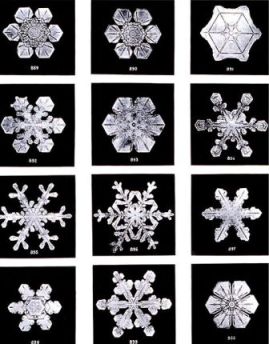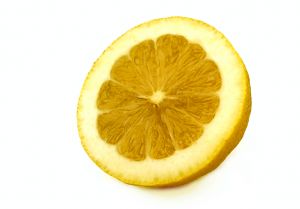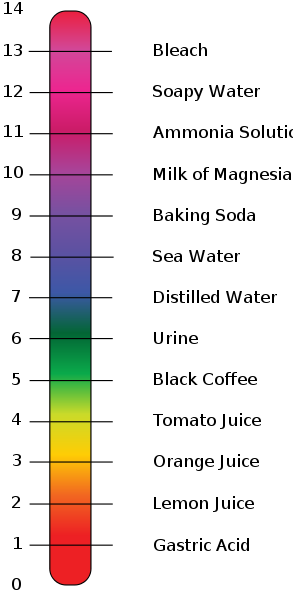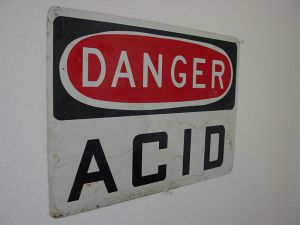|  |
Around 75% of the elements in the periodic table are metals. Metals are known for conducting electricity and heat well. Many metals are strong, shiny, and hard. They are also often malleable, meaning they can be shaped without breaking or cracking.
Types of Metals
There are all sorts of metals. The periodic table lists the metals that are pure elements. Meaning they are all made out of the same atom. These metals include many elements that you are probably already familiar with like iron, gold, silver, and platinum. There are other elements like sodium and potassium that you may not usually think of as metals.
The periodic table divides up metal elements into different types including alkali metals, alkaline earth metals, and transition metals, just to name a few.
Alloys
Many metals that we use today are alloys. Alloys are metals that combine two or more elements. They could also be called metallic compounds. Often alloys are stronger and harder than pure metal.
Steel is a very strong type of alloy. There are a variety of steel alloys. A common one is made out of iron combined with small amounts of carbon. Stainless steel that we use for utensils and kitchen appliances is steel with chromium. Steel is used in much of the world's industries.
Aluminum alloys are also very important. Aluminum is one of the most plentiful elements on earth. When combined with other elements like copper and silicon, it can make a strong, but light alloy. It also doesn't rust like many metals. Aluminum is used in making all sorts of items like airplanes, soda cans, ladders, and golf clubs.
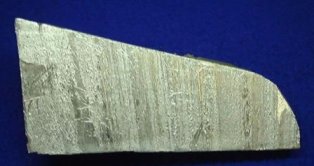
Aluminum
Bronze was one of the first alloys used to make tools. Bronze is a combination of copper and tin.
Mining and Making Metal
Metal is found inside of rocks in mines. These rocks are called ore. In order to separate the other minerals in the rock from the metal, the ore is heated to really hot temperatures in a process called smelting.
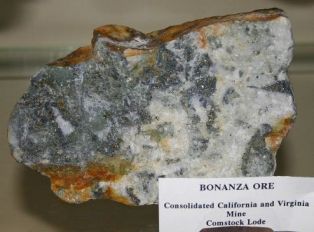
Metal Ore
Recycling
Since the mining of metals is bad for the environment and expensive, we need to recycle the metals we have used once we are done with them. This can save on energy, cost, and help the environment. As an example, it takes only 5% of the energy to recycle an aluminum can than it takes to mine the same amount of aluminum from the ground.
Fun Facts about Metals
- Silver conducts electricity better than any other metal.
- Brass is an alloy made from zinc and copper.
- Pure gold is too soft for many things so most gold is combined with other metals to make it stronger. 24 karat gold is 100% pure gold. Much jewelry is made from 18 karat gold which is 75% gold and 25% other metals.
- World time periods are often listed by the metal used. History before metal was used is called the Stone Age. Next was the Bronze Age, followed by the Iron Age.
- The science of studying metals is called metallurgy.
